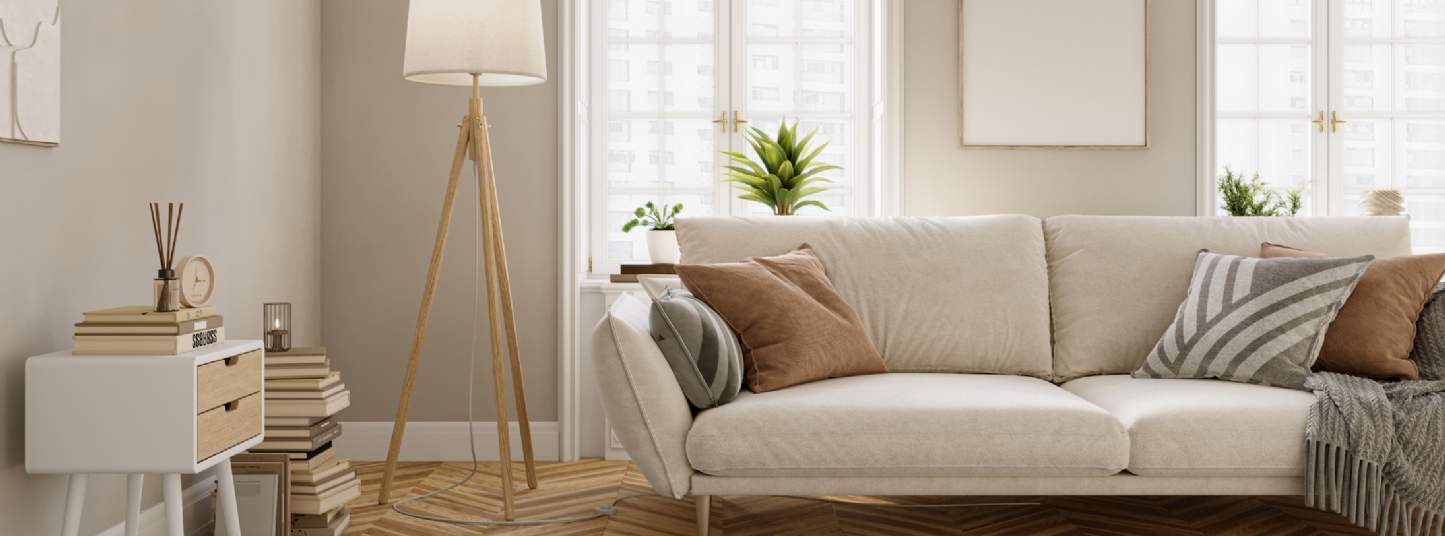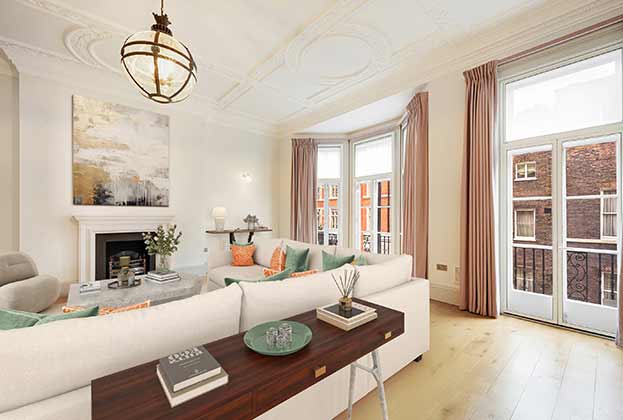One of the questions we are often asked by landlords is whether they should let their residential property on a furnished or unfurnished basis.
The reality is that there’s no clear-cut answer as to which is best as ultimately the decision will be based on the type of property, its location and the potential tenant profile. The following are all worth bearing in mind when deciding whether to furnish or not.
WHAT WORKS BEST FOR YOUR IDEAL TENANT’S LIFESTYLE?
In the case of family renters, most have their own furniture and will be looking for a home where they can bring this with them. Whether a local move or a relocation, these tenants often want to be surrounded by possessions and pieces they have personally chosen which can quickly help a place feel like home. Tenants seeking unfurnished properties also tend to be taking a long-term rental and this can provide financial security for landlords knowing that the accommodation will be let on the same tenancy for several years.
However, there are certain market sectors which will be actively seeking homes that come with furniture. For example, tenants who are relocating may have stored their furniture which means they require a fully furnished home. Additionally, upsizers might not have the suite of furniture to fill a sizeable house so will be after some pieces in addition to what they already own. Meanwhile first time renters such as young professionals could specify that they need a furnished property until they can invest in pieces for a home themselves. In cities, furnished short lets within easy reach of major business centres are particularly appealing to professionals who need a base for the working week and simply want to bring their suitcase with them and nothing more.
FLEXIBILITY WINS THE DAY
As a landlord, being as flexible as possible makes good business sense and being open to people’s furniture requirements will widen the pool of potential tenants for a home.
Landlords may sometimes want to market their property on a furnished basis simply because it saves them the hassle and expense of storing items. However by doing so, they may in fact be missing out on appealing to certain tenants. Giving prospective tenants the option to take on furniture – as a whole or on an individual basis – can in fact put a landlord ahead of the competition.
Even if landlords decide to rent unfurnished, making the effort to ‘dress’ at least a couple of the rooms for those all-important property marketing photographs can be a sensible move. Giving prospective tenants the chance to visualise what it would be like to live in the property can lead to more viewings than photographs of empty rooms.
DECISION MAKING
Taking advice from a lettings agent will help decide whether a property will be more desirable and rent more quickly if offered on a furnished basis. If a landlord is unsure, generally it’s best not to furnish a home until a tenant is found and they have outlined what they may or may not need.
FURNISHED PROPERTIES: THE LOWDOWN
A particularly high specification can potentially command a premium, but it’s worth remembering that a furnished property won’t necessarily achieve a higher rental than an unfurnished one.
If the property is going to be furnished, it’s important to remember that today’s tenants expect high-quality furniture and fittings. A sensible approach is to set aside a suitable budget to purchase items that will add to the property’s appeal and which will stand the test of time. Some landlords like to add a lifestyle feel with books and plants and when it comes to colour, neutral tones are always best as a tenant then has the option to add their own decorative accessories which will complement the existing space.
Pieces that have been designed or have been fitted specifically for the space, such as freestanding wardrobes or dining tables, are often well received by tenants.
Tenants are also entitled to like-for-like replacement for items which break through no fault of their own or degrade through standard wear and tear, so factor this in to your calculations.
Lastly, time will have to be allocated to maintaining the inventory of the property’s fixtures and fittings, and all soft furnishings must have clearly visible fire labels in order to comply with the Fire and Furnishings Act. However, the good news is that the purchase of fixtures and fittings is tax-deductible.
For landlords considering dressing or furnishing their property, Savills Interior, Furnishing & Refurbishment Services team of specialists provide advice on how to maximise a property's interior and exterior design. The department can also arrange furniture for tenants to use during the duration of their tenancy. For more information please visit: https://www.savills.co.uk/services/letting-or-renting/interior-furnishing-and-refurbishment-services.aspx
Further information
Contact John Roberts


.jpg)




.jpg)

.jpg)
